The surest bet on the future of energy is the need for low-carbon energy supplies. Early movers may pay a slightly higher price today for these strategies, but they and the world will reap long-term economic and environmental benefits.
NEW YORK – The surest bet on the future of energy is the need for low-carbon energy supplies. Around 80% of the world’s primary energy today is carbon based: coal, oil, and gas. We will need to shift to no- or low-carbon energy by mid-century. The big questions are how and when.
Low-carbon primary energy means three options: renewable energy, including wind, solar, geothermal, hydropower, and biomass; nuclear energy; and carbon capture and sequestration, which means using fossil fuels to create energy, but trapping the CO2 emissions that result and storing the carbon safely underground.
There are three compelling reasons for the world to make the shift to low-carbon energy. First, higher levels of CO2 are making the world’s oceans acidic. If we continue with business as usual, we will end up destroying a vast amount of marine life, severely damaging the food chains on which we rely.
Second, CO2 is dangerously changing the world’s climate, even if many Big Oil interests would have us believe otherwise. (So, too, did the tobacco companies spend vast sums on political lobbying and bogus science to deny the links between smoking and lung cancer.)
Third, we face steeply rising prices for fossil fuels, as developing countries’ growth drives up demand and conventional supplies of coal, oil, and gas are depleted. Sure, we can find more fossil fuels, but at much higher cost and at much greater environmental risk from industrial spills, waste products, leaks, and other damage.
Even the much-heralded shale-gas revolution is a lot of hype – similar to the gold rushes and stock bubbles of the past. Shale-gas wells deplete far more rapidly than conventional fields do. And they are environmentally dirty to boot.
The United States has developed many new low-carbon energy technologies, but other countries are currently far more intent, far-sighted, and decisive than the US to put these technologies to large-scale use. Politically, America is still the land of Big Oil. Americans are bombarded by industry-funded media downplaying climate change, while countries that are much poorer in fossil fuels are already making the necessary transition to a low-carbon future.
Two neighbors in Europe, Germany and France, are showing the way forward – or, more precisely, the alternative ways forward – to a low-carbon future. They are going about it in ways that reflect their different resource endowments, industrial histories, and political pressures.
Germany is undertaking the Energiewende, or transition to sustainable energy – a remarkable effort (indeed, unprecedented for a large advanced economy) to meet the country’s entire energy demand with renewable energy, especially solar and wind power. Meanwhile, France relies heavily on low-carbon nuclear power, and is switching rapidly to electric vehicles, such as the pioneering Renault-Nissan Leaf.
Of the two approaches, Germany’s is the more unusual bet. After Japan’s nuclear disaster at Fukushima, Germany decided to shut down its entire nuclear power industry and shift entirely to a strategy based on greater energy efficiency (lower energy input per unit of national income) and renewables. There really is no clear roadmap for such a huge energy transformation, and Germany almost surely will need to rely on a European-wide electricity grid to share clean energy, and eventually on imported solar power from North Africa and the Middle East.
France’s bet on nuclear power is a more proven option. After all, most of France’s electricity has come from nuclear power for many years. And, though anti-nuclear sentiment is very strong in Europe – and, increasingly, even in France – nuclear power will remain part of the global energy mix for decades to come, simply because much of Asia (including China, India, South Korea, and Japan) will remain major users of it.
The key point is that France and Germany, and many other European countries – including the Scandinavian countries, with their considerable wind and hydropower potential – are all recognizing that the world as a whole will have to move away from a fossil-fuel-based energy system. That is the right calculation.
Many will no doubt argue about which alternative – France’s bet on nuclear power or Germany’s solar pathway – is wiser. But both strategies are probably correct. Most studies show that deep de-carbonization of the world economy from now to mid-century, a time horizon mandated by environmental realities, will require that all low-carbon options – including greater efficiency and renewables – be scaled up massively.
One of the highest priorities of the new Sustainable Development Solutions Network, which I direct on behalf of United Nations Secretary-General Ban Ki-moon, will be to elaborate alternative pathways to a low-carbon economy, taking into account the specific conditions of countries around the world. Different countries will choose different strategies, but we will all need to get to the same place: a new energy system built on low-carbon sources, electrification of vehicles, and smart, energy-efficient buildings and cities.
Early movers may pay a slightly higher price today for these strategies, but they and the world will reap long-term economic and environmental benefits. By embracing truly sustainable technologies, France, Germany, and others are creating the energy system that will increasingly support the world economy throughout this century.


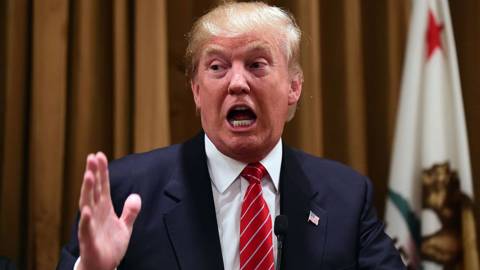
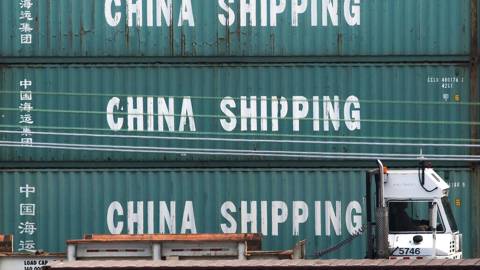

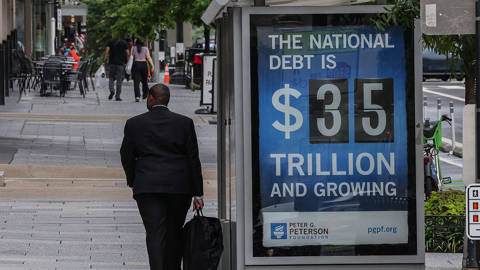
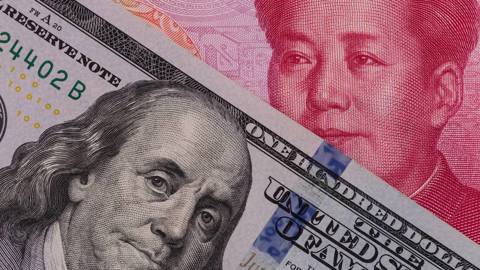
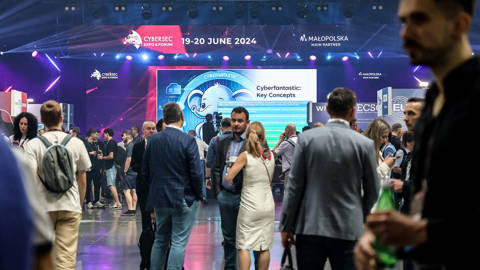

NEW YORK – The surest bet on the future of energy is the need for low-carbon energy supplies. Around 80% of the world’s primary energy today is carbon based: coal, oil, and gas. We will need to shift to no- or low-carbon energy by mid-century. The big questions are how and when.
Low-carbon primary energy means three options: renewable energy, including wind, solar, geothermal, hydropower, and biomass; nuclear energy; and carbon capture and sequestration, which means using fossil fuels to create energy, but trapping the CO2 emissions that result and storing the carbon safely underground.
There are three compelling reasons for the world to make the shift to low-carbon energy. First, higher levels of CO2 are making the world’s oceans acidic. If we continue with business as usual, we will end up destroying a vast amount of marine life, severely damaging the food chains on which we rely.
Second, CO2 is dangerously changing the world’s climate, even if many Big Oil interests would have us believe otherwise. (So, too, did the tobacco companies spend vast sums on political lobbying and bogus science to deny the links between smoking and lung cancer.)
Third, we face steeply rising prices for fossil fuels, as developing countries’ growth drives up demand and conventional supplies of coal, oil, and gas are depleted. Sure, we can find more fossil fuels, but at much higher cost and at much greater environmental risk from industrial spills, waste products, leaks, and other damage.
Even the much-heralded shale-gas revolution is a lot of hype – similar to the gold rushes and stock bubbles of the past. Shale-gas wells deplete far more rapidly than conventional fields do. And they are environmentally dirty to boot.
BLACK FRIDAY SALE: Subscribe for as little as $34.99
Subscribe now to gain access to insights and analyses from the world’s leading thinkers – starting at just $34.99 for your first year.
Subscribe Now
The United States has developed many new low-carbon energy technologies, but other countries are currently far more intent, far-sighted, and decisive than the US to put these technologies to large-scale use. Politically, America is still the land of Big Oil. Americans are bombarded by industry-funded media downplaying climate change, while countries that are much poorer in fossil fuels are already making the necessary transition to a low-carbon future.
Two neighbors in Europe, Germany and France, are showing the way forward – or, more precisely, the alternative ways forward – to a low-carbon future. They are going about it in ways that reflect their different resource endowments, industrial histories, and political pressures.
Germany is undertaking the Energiewende, or transition to sustainable energy – a remarkable effort (indeed, unprecedented for a large advanced economy) to meet the country’s entire energy demand with renewable energy, especially solar and wind power. Meanwhile, France relies heavily on low-carbon nuclear power, and is switching rapidly to electric vehicles, such as the pioneering Renault-Nissan Leaf.
Of the two approaches, Germany’s is the more unusual bet. After Japan’s nuclear disaster at Fukushima, Germany decided to shut down its entire nuclear power industry and shift entirely to a strategy based on greater energy efficiency (lower energy input per unit of national income) and renewables. There really is no clear roadmap for such a huge energy transformation, and Germany almost surely will need to rely on a European-wide electricity grid to share clean energy, and eventually on imported solar power from North Africa and the Middle East.
France’s bet on nuclear power is a more proven option. After all, most of France’s electricity has come from nuclear power for many years. And, though anti-nuclear sentiment is very strong in Europe – and, increasingly, even in France – nuclear power will remain part of the global energy mix for decades to come, simply because much of Asia (including China, India, South Korea, and Japan) will remain major users of it.
The key point is that France and Germany, and many other European countries – including the Scandinavian countries, with their considerable wind and hydropower potential – are all recognizing that the world as a whole will have to move away from a fossil-fuel-based energy system. That is the right calculation.
Many will no doubt argue about which alternative – France’s bet on nuclear power or Germany’s solar pathway – is wiser. But both strategies are probably correct. Most studies show that deep de-carbonization of the world economy from now to mid-century, a time horizon mandated by environmental realities, will require that all low-carbon options – including greater efficiency and renewables – be scaled up massively.
One of the highest priorities of the new Sustainable Development Solutions Network, which I direct on behalf of United Nations Secretary-General Ban Ki-moon, will be to elaborate alternative pathways to a low-carbon economy, taking into account the specific conditions of countries around the world. Different countries will choose different strategies, but we will all need to get to the same place: a new energy system built on low-carbon sources, electrification of vehicles, and smart, energy-efficient buildings and cities.
Early movers may pay a slightly higher price today for these strategies, but they and the world will reap long-term economic and environmental benefits. By embracing truly sustainable technologies, France, Germany, and others are creating the energy system that will increasingly support the world economy throughout this century.